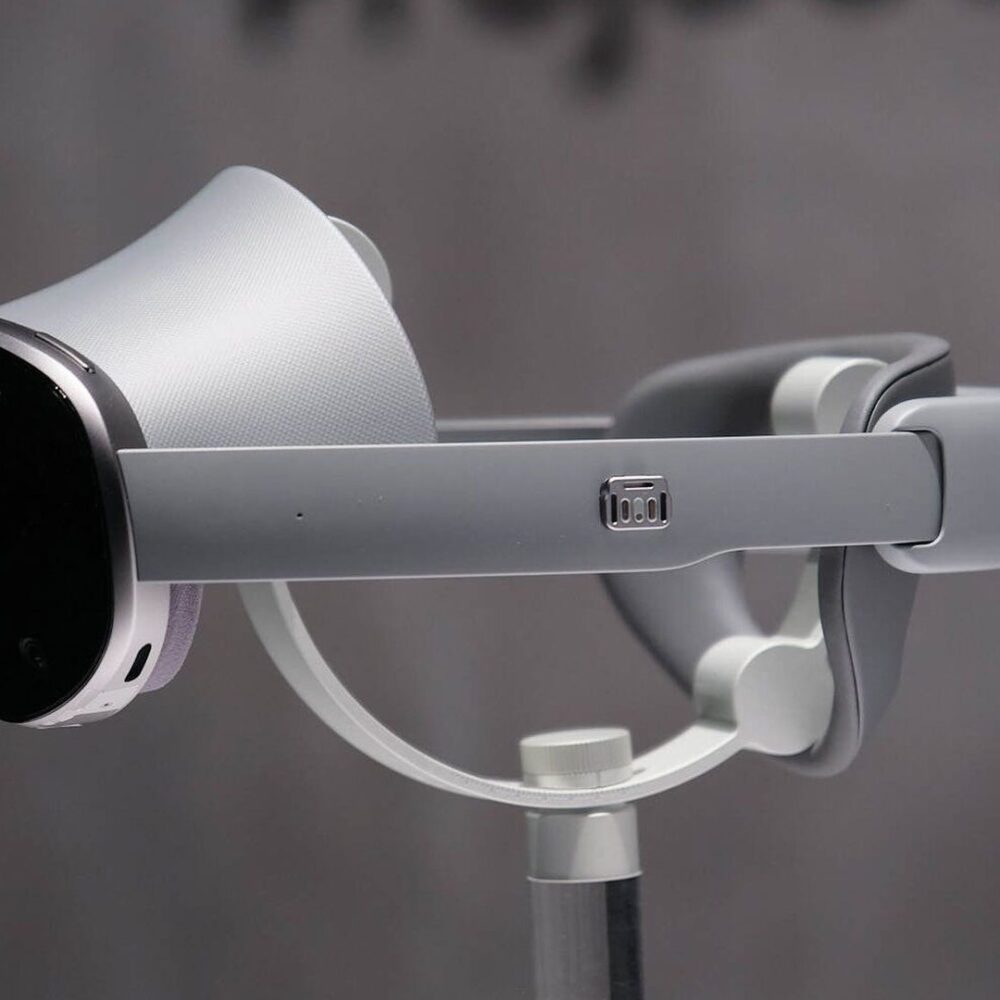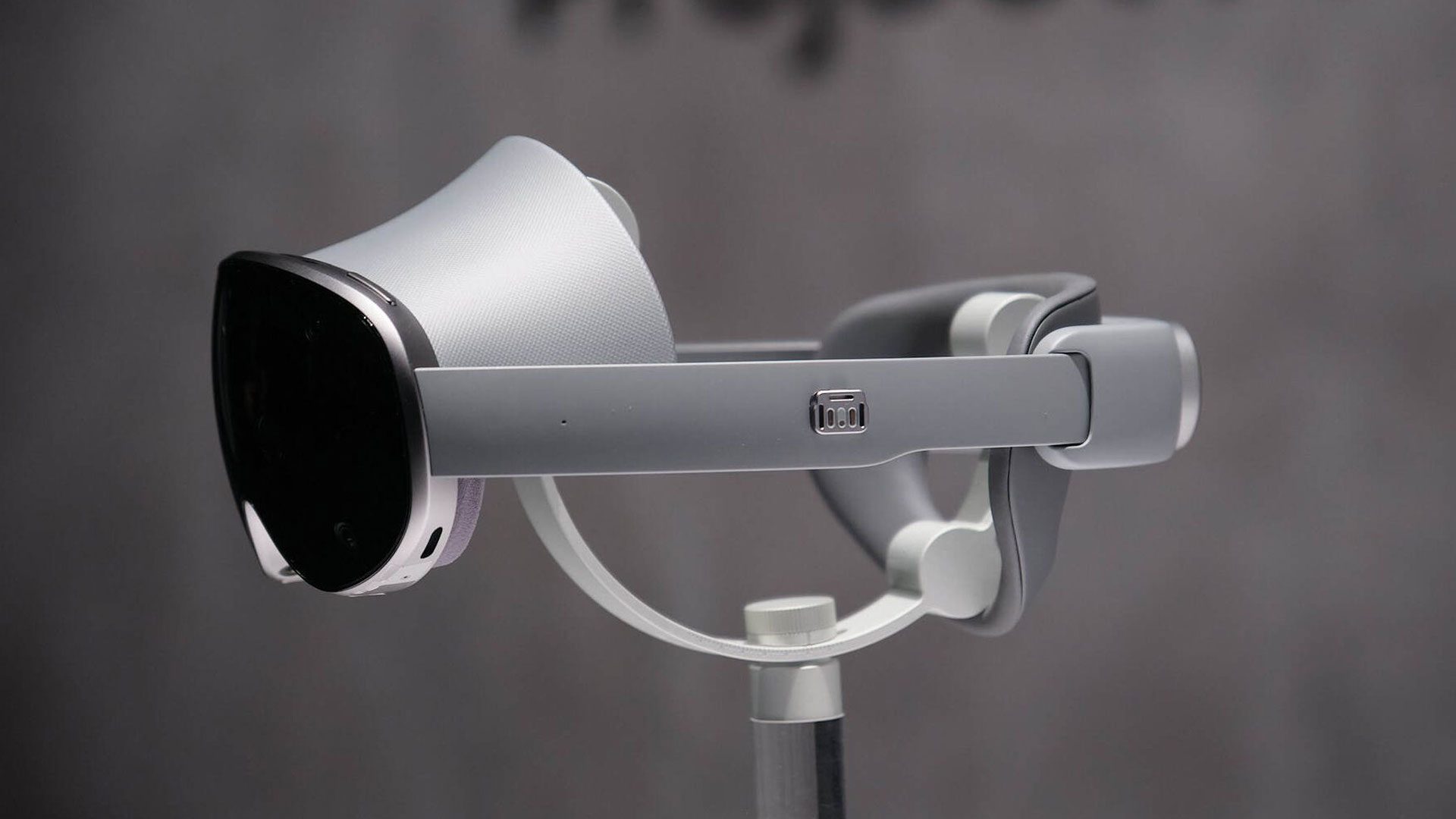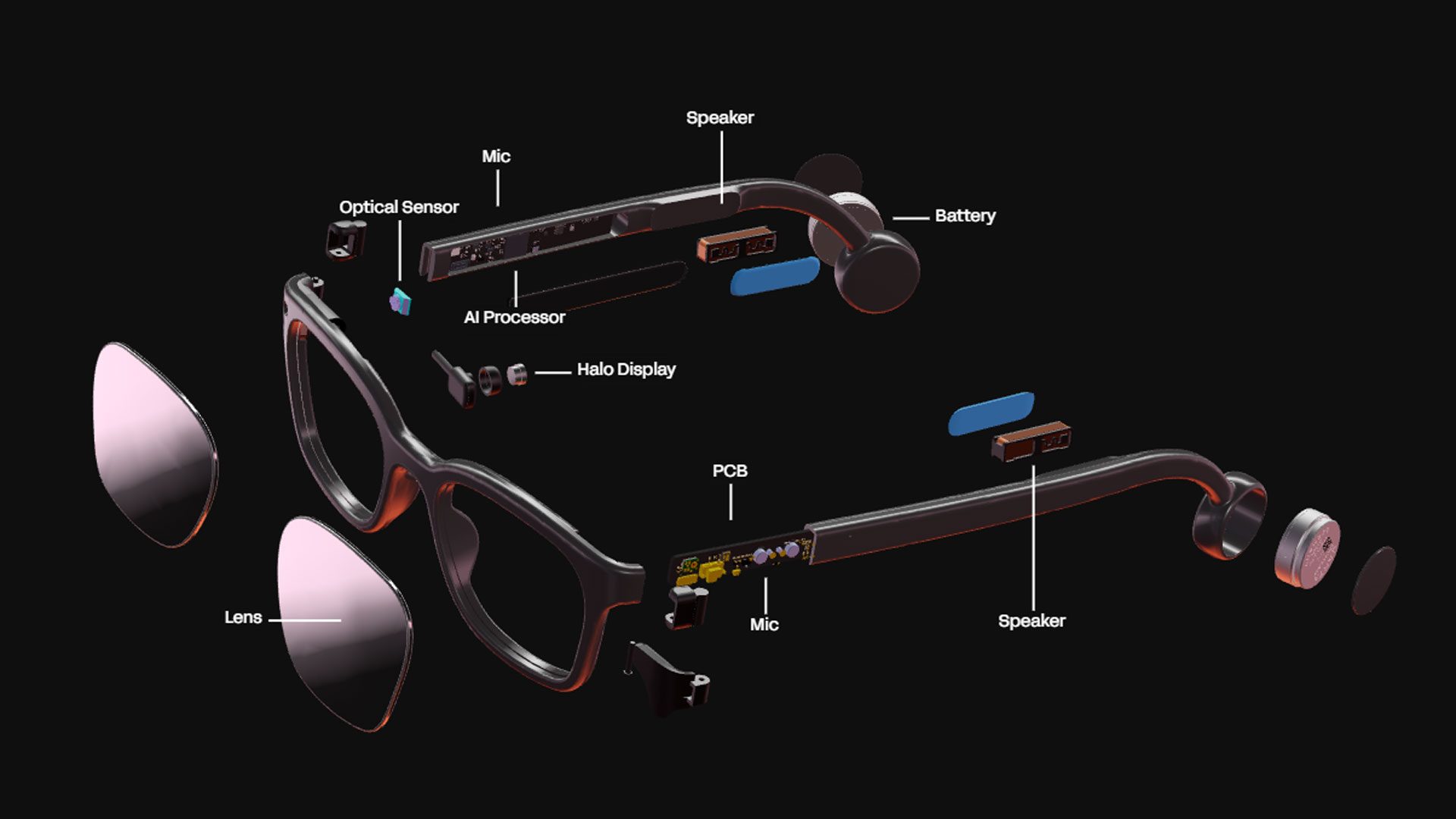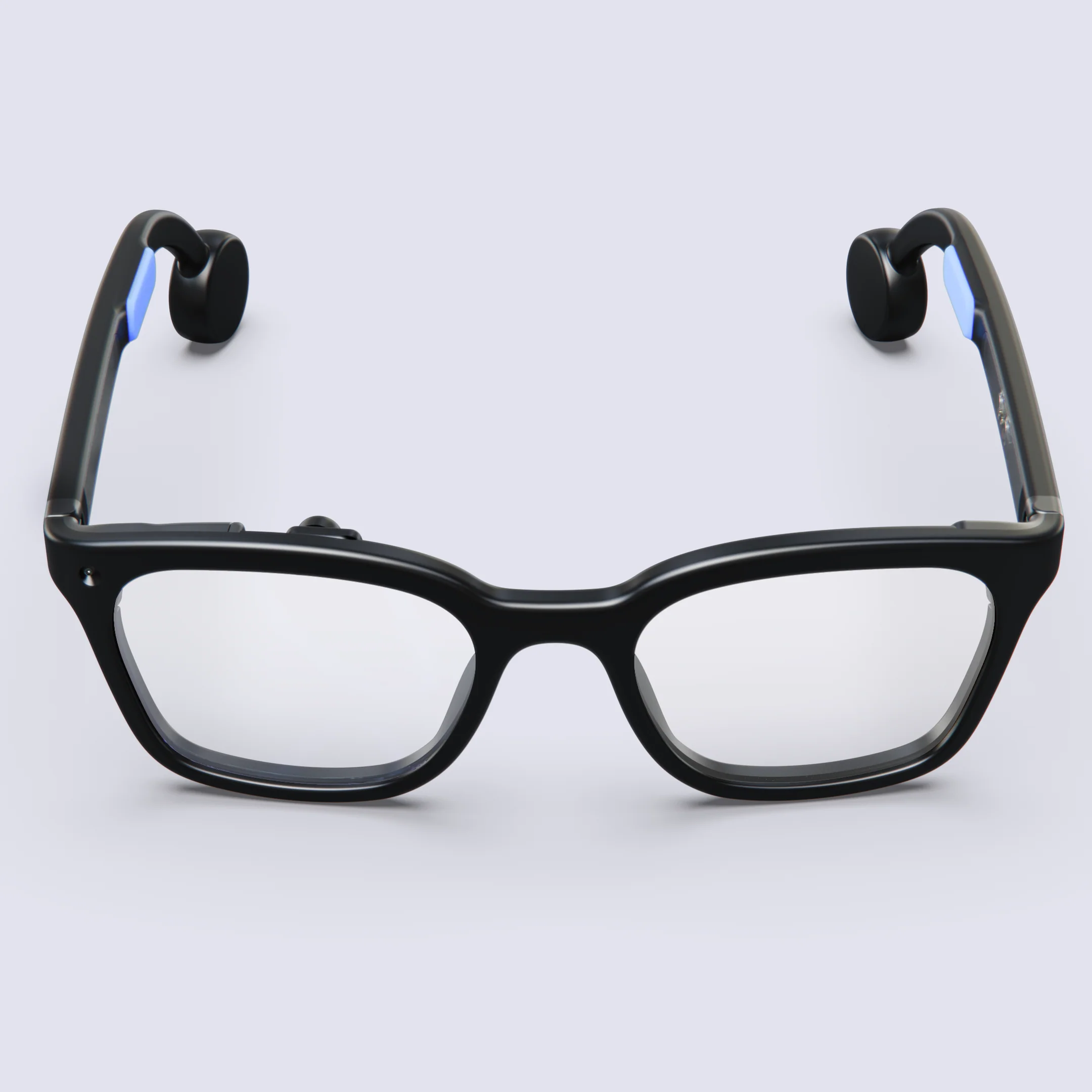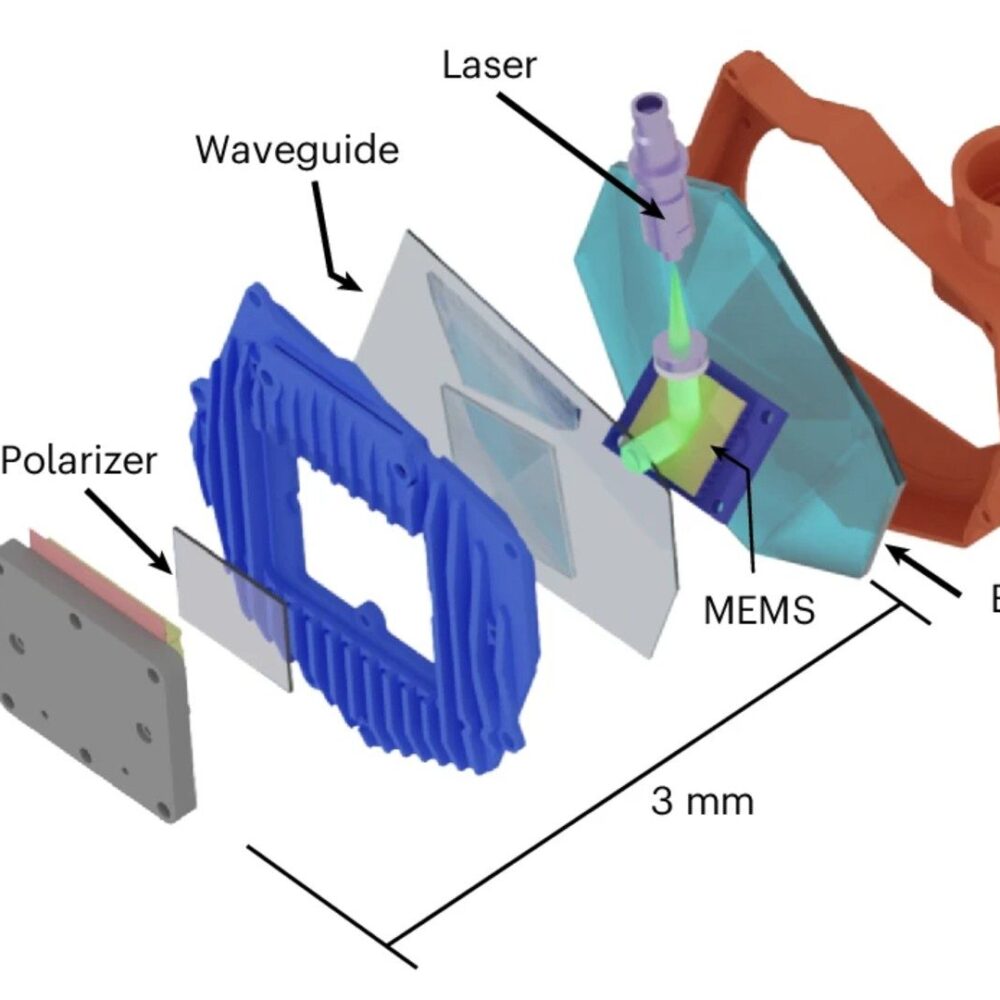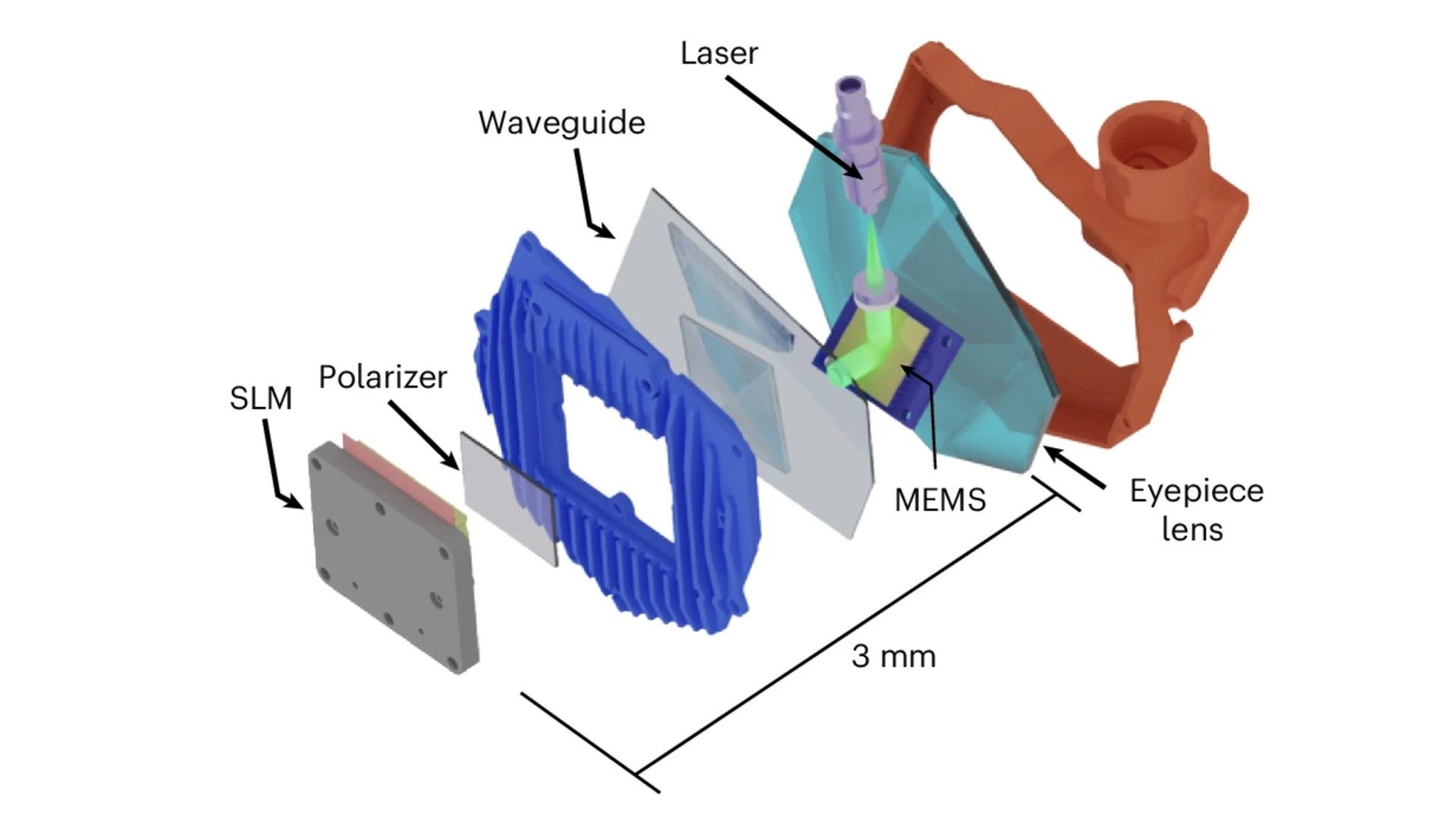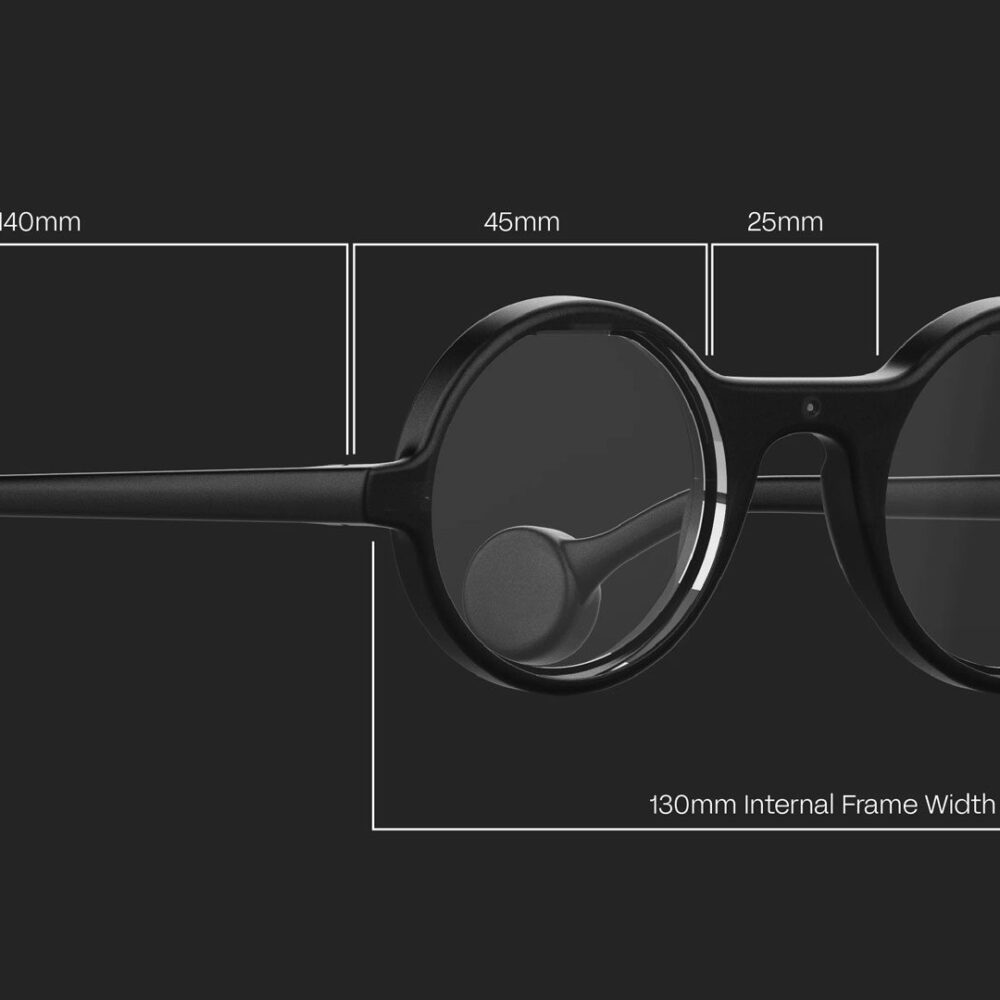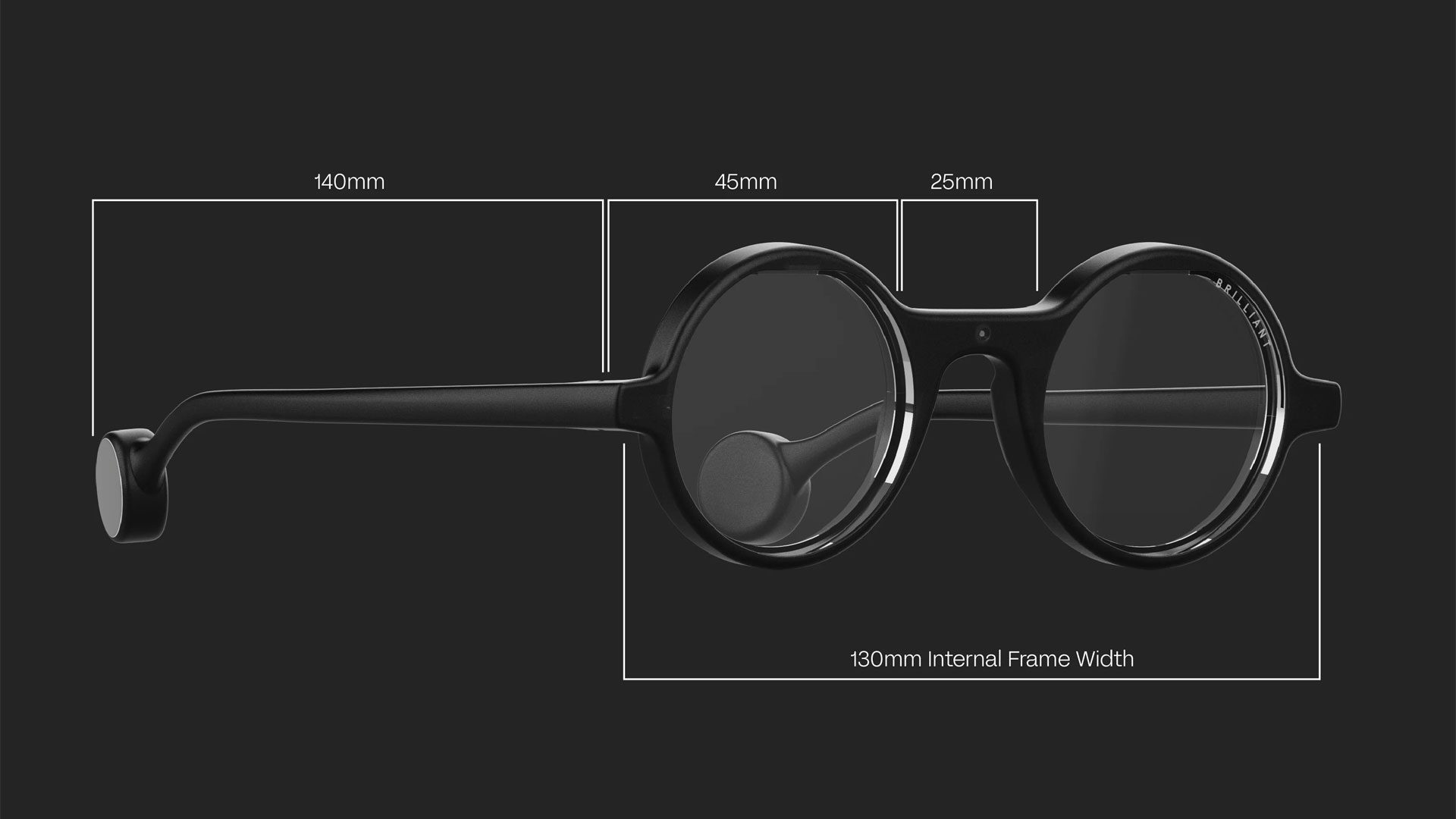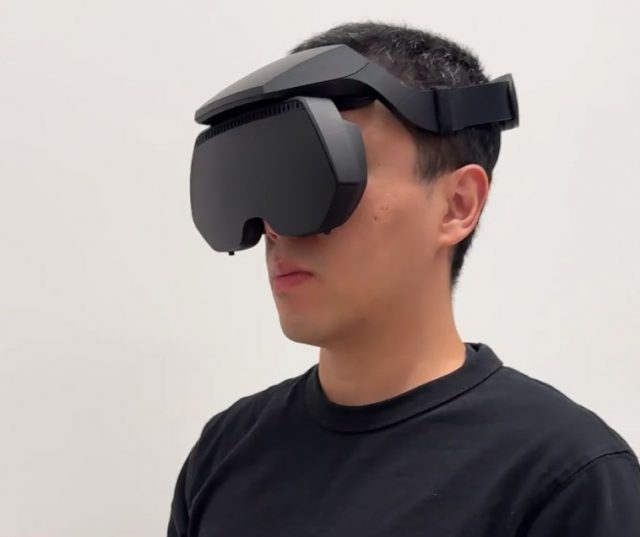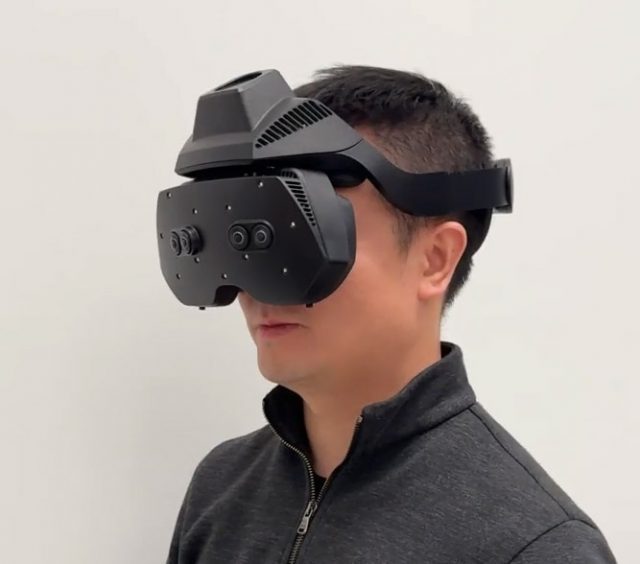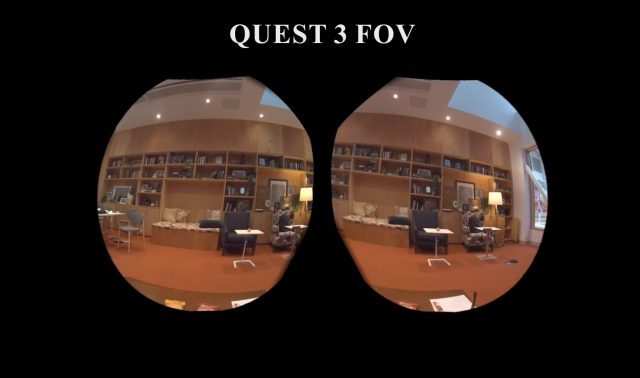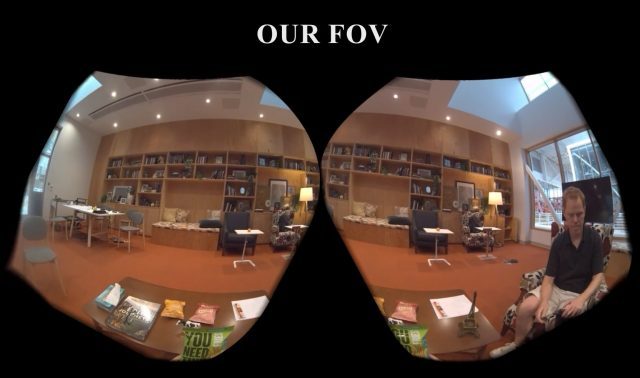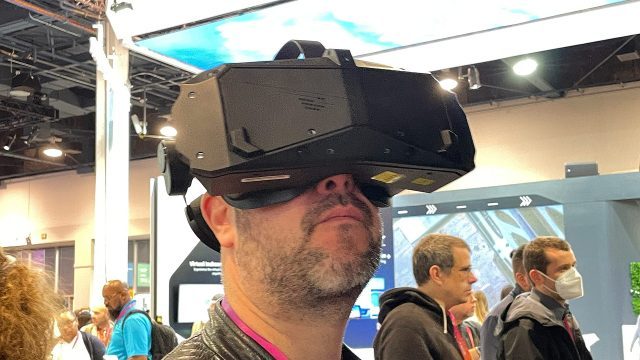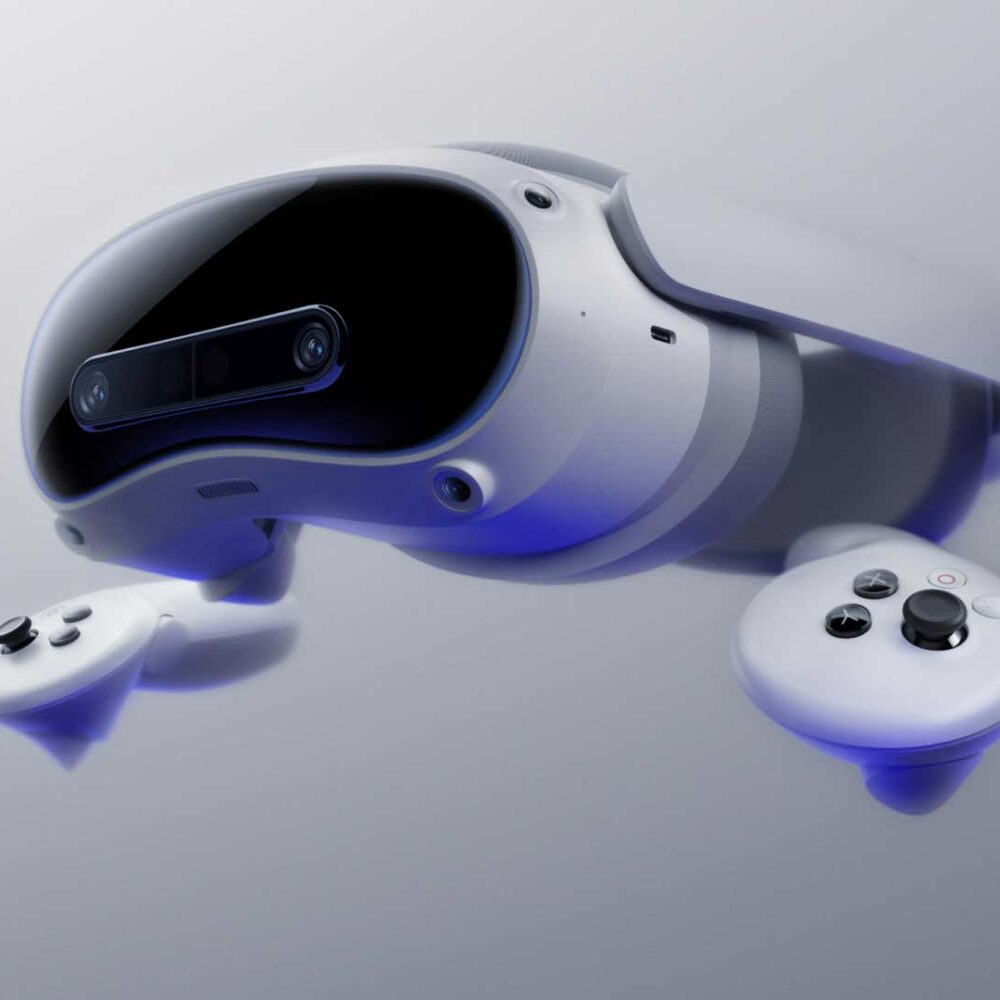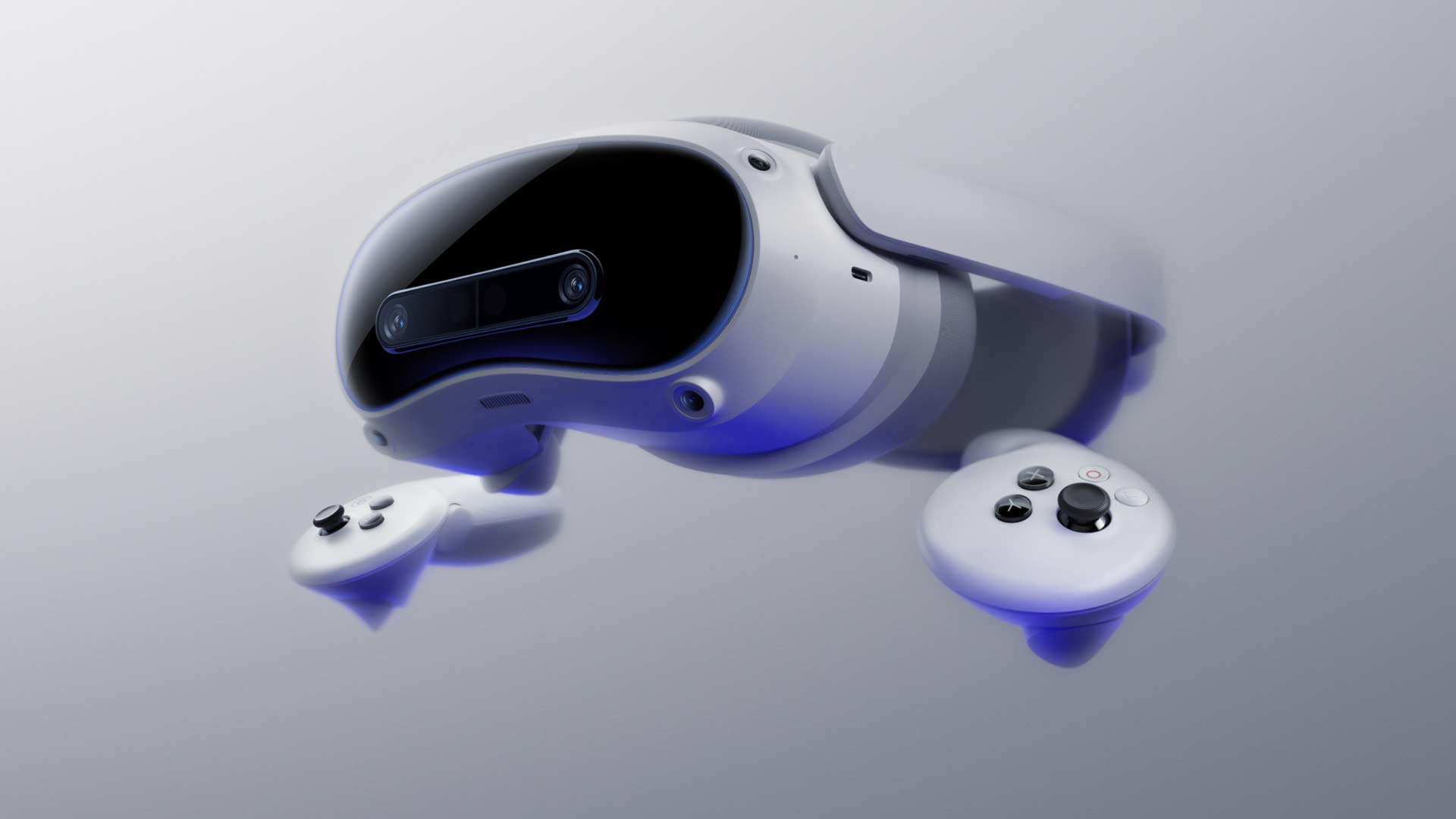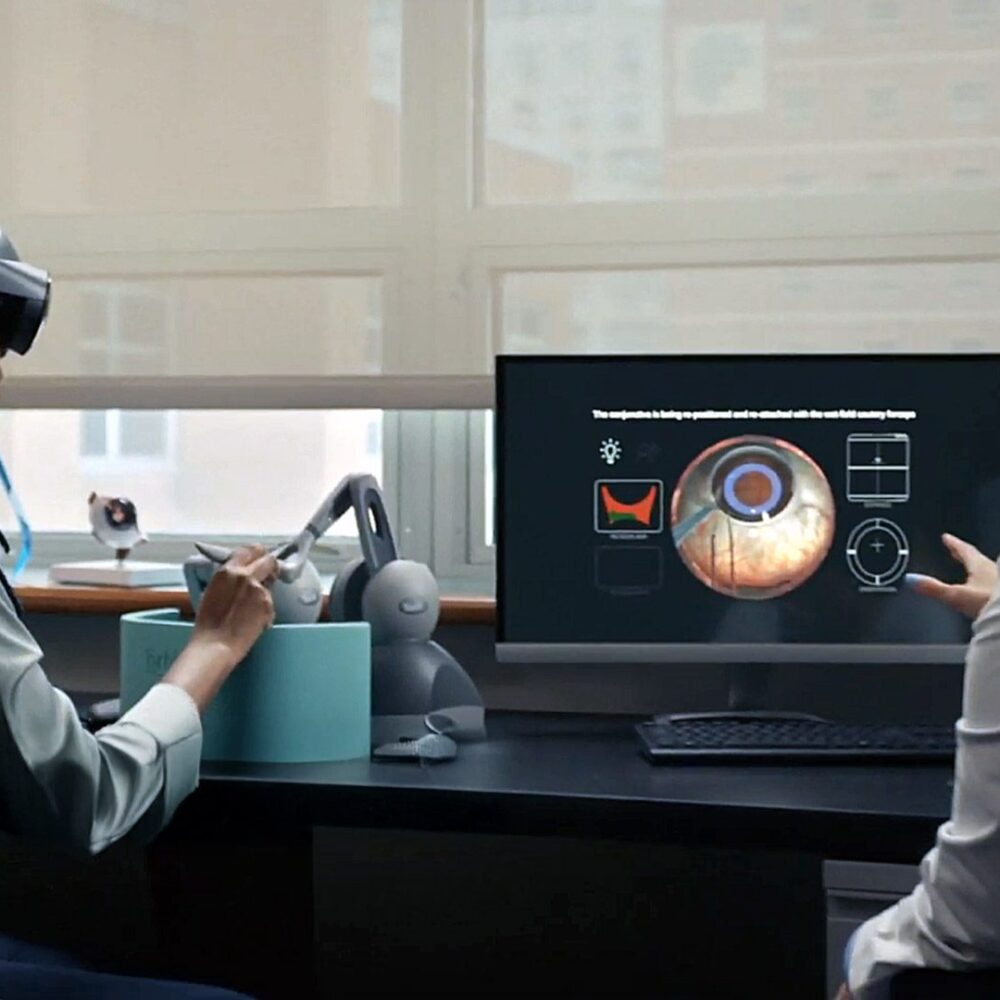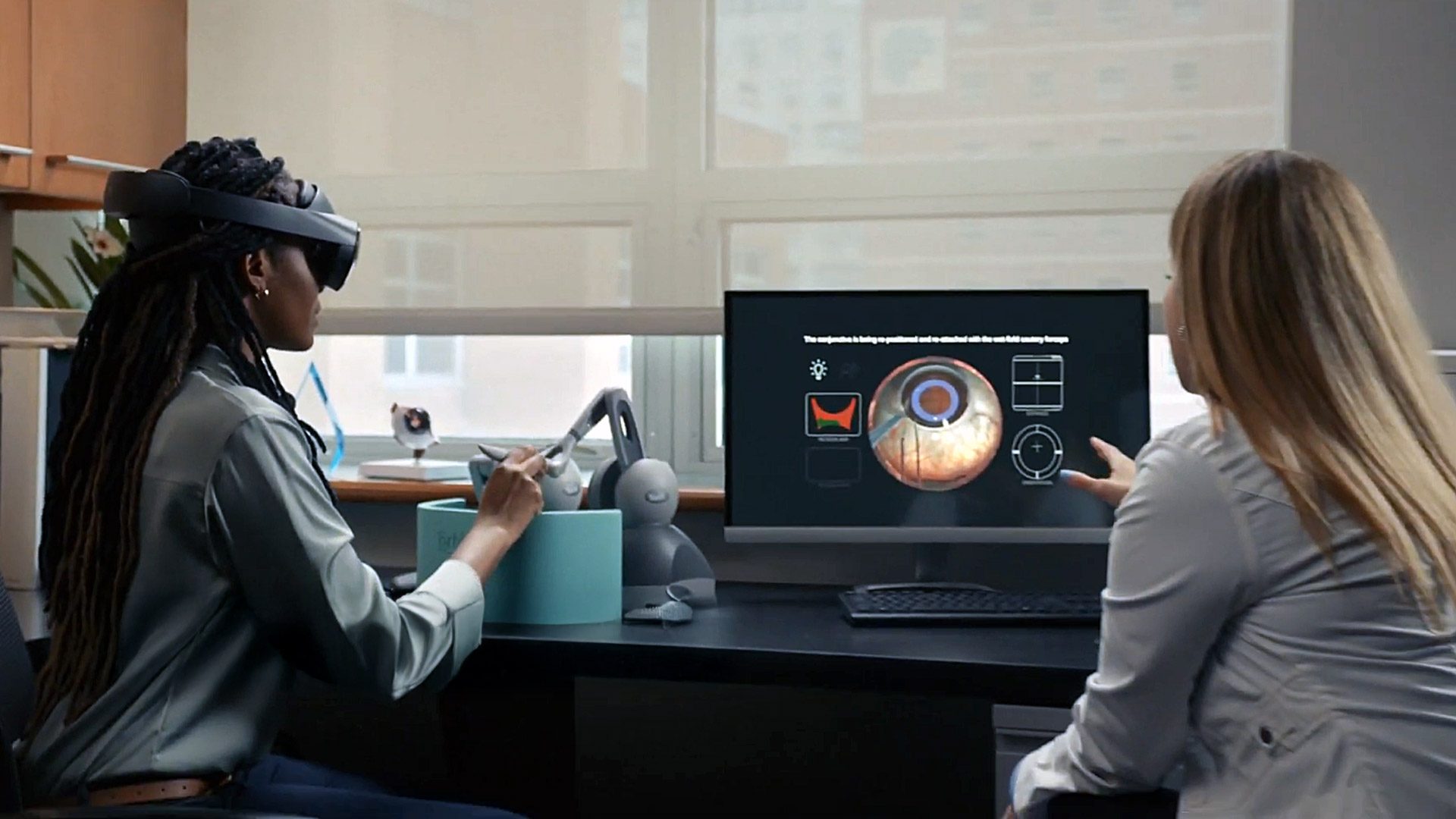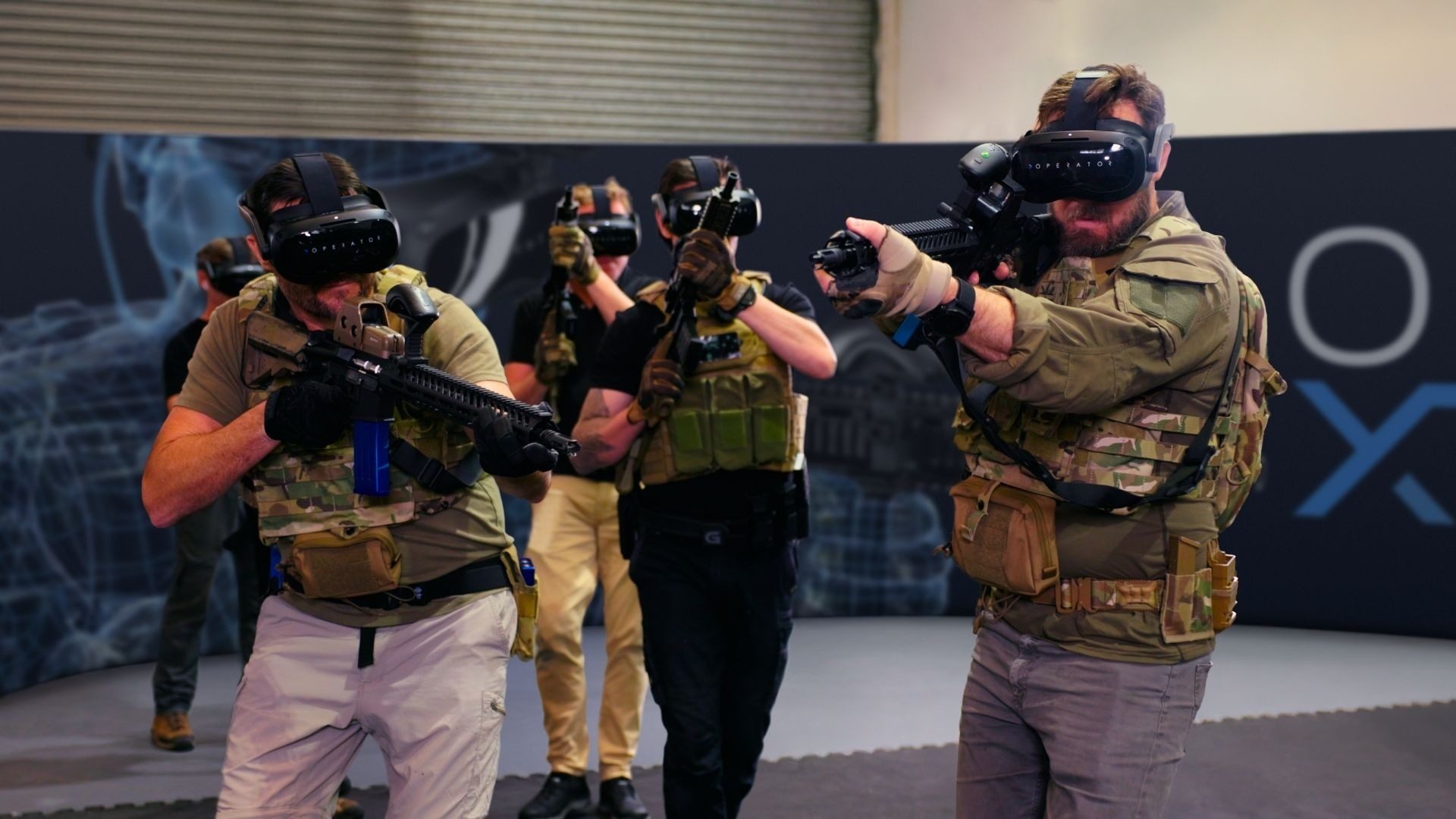
Australian immersive training technology company xReality Group announced its subsidiary Operator XR has secured a contract with the Texas Department of Public Safety (Texas DPS) worth up to AUD $5.71 million (~$3.7 million USD), which will see the rollout of it VR police training system across the state.
According to a press statement, Operator XR’s OP-2 system enables immersive, scenario-based training designed to improve tactical decision-making, de-escalation techniques, multi-officer coordination, and mission planning.
Texas DPS, one of the largest law enforcement agencies in the U.S. serving 30 million residents, is slated to use the system to enhance officer readiness and safety through more frequent and realistic training experiences.
xReality Group CEO Wayne Jones described the deal as a “strategic milestone,” citing Texas DPS’s high profile as a key reference point for further expansion into other state agencies. “This partnership reinforces our U.S. growth strategy and validates the OP-2 platform for large-scale deployment,” Jones said.
The initial portion of the deal, worth AUD $4.3 million ($2.8 million USD), is said to cover delivery of OP-2 hardware and software, along with onboarding and two years of technical support—slated to start in Q2 2026.
The contract includes optional support services for an additional three years, bringing the potential total value to AUD $5.71 million (~$3.7 million USD).
This follows a recent $2.1 million AUD (~$1.4 million USD) ‘Industry Growth Program’ grant by the Australian Government last month to accelerate the AI development roadmap for its Operator XR tactical training platform.
The funding is earmarked to support enhancements such as real-time feedback, automated scenario generation, expanded manufacturing, and global certification over the next 24 months.

